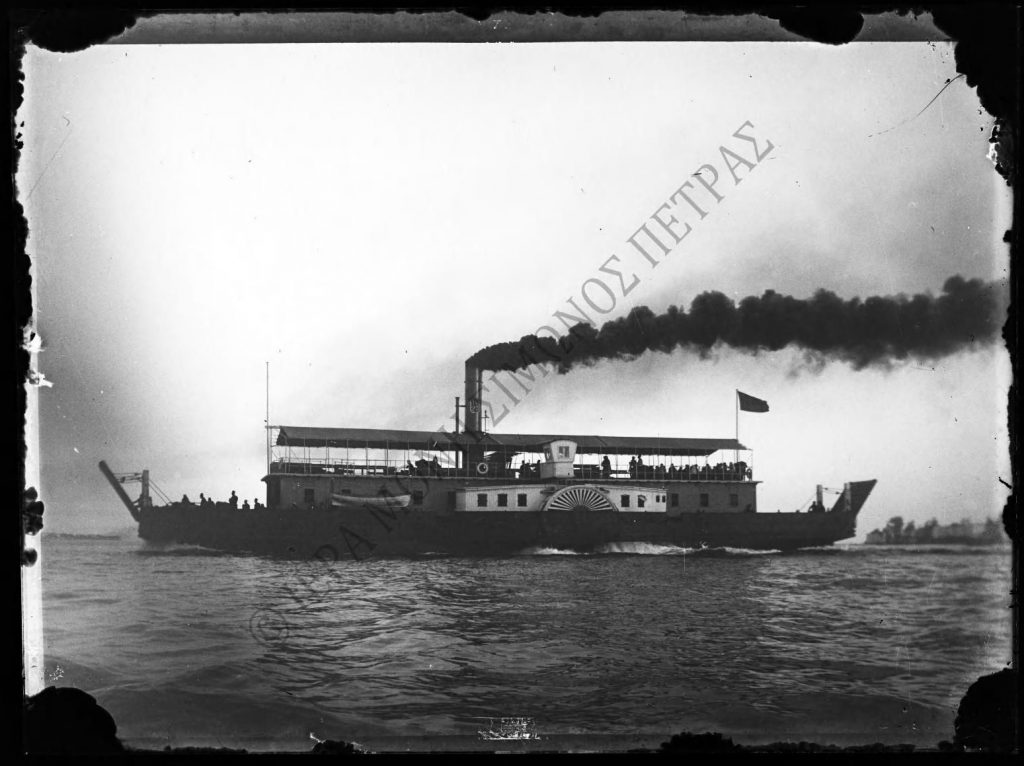Project Description
The fathers of Mount Athos were often called upon to assist in times of pandemic and infectious diseases. Requests for supplies or financial support have always been met.
For example, during the cholera pandemic of 1863-1875, which came to Greece through Egypt and which Alexandros Papadiamantis brilliantly described in a short novel, Mount Athos offered a help to the affected populations.
In several documents dating from that period one may find the helping hand that the Fathers of Mount Athos offered to the suffering people. This help was expressed either with financial assistance, as a document dating from the 26th of August 1856 reveals. Either with spiritual means: while monk Dorotheos of the H. Monastery of Simonopetra was residing in the Monastery’s dependecy in Thessaloniki, he informs the abbot Neophytos about the cholera epidemic in Thessaloniki and the blessings with holy water that he did, in order to battle the disease near the area of Epanomi.
A few months later, in April of 1866, abbot Neophytos of the Simonopetra Monastery receives a request from the village of Nikiti, in Halkidiki, where the egyptian disease appeared, to send to our malady the most holy relic of St. Maria Magdalene.
A few years later, the Holy Community of Mount Athos receives an epistle from the Patriarch of Constantinople, Anthimos the 6th, requesting the Cincture of the Theotokos in order to absolve humanity from cholera, while a lodge, belonging to the Holy Monastery of Stavronikita, is turned into a hospital -according to a document dating from 1873, for the treatment of patients with cholera.
The cholera epidemic struck on Mount Athos. Two documents, dating from 1865, inform us about the death of two monks in Nea Skete, while the abbot of the H. Monastery of Simonopetra, Archim. Neophytos, is informed that two of his monks in Thessaloniki perform The epidemic struck, because fear and loathing has fallen upon the whole city of Thessaloniki.
Steamer in Mount Athos. In August 1865 the Holy Community of Mount Athos denied to a ship, that had left from an infected with cholera port, to dock at Dafni port.
Mount Athos was not immune during this epidemic.
In a document from that period we read that Archim. Theophilos, Σε έγγραφο της εποχής, ο αρχιμανδρίτης Θεόφιλος, commissioner of the Holy Monastery of Stavronikita, requests the Holy Monastery of Iviron to send its doctor because several of the brothers are ill, suffering by that wasting disease, influenza, and they need medical assistance.
Two documents from 1918 make the situation clearer: the housekeeper of the dependency of the H. Monastery of Xenophontos in Cassandra, Chalkidiki, informs us about the flu in Mount Athos, while monk Methodios from the Monastery of St. Paul request funds for medical and pharmaceutical care, since, being struck by the flu I don’t know what to do and we are in question because we dont’t have the necessary to battle the disease.
A year later, in 1919, the houselkeeper of the dependency of the Monastery of St. Paul in Kalamaria, monk Cyril, submits his resignation mentioning that the epidemic flu has torn me apart, both mentally and physically. Elder Cornelius from the Monastery of Great Lavra, in an epistle dating from the same year to Elder Eulogios of the Monastery of St. Paul, reiterates that the flu in Mount Athos’ capital, Karyes, is severe.
In the Liturgical Books of the Orthodox Church there is a special concern for infectious diseases, among other prayers for special occasions. It is of particular importance that the Orthodox tradition indicates that prayers relating to infectious diseases should be accompanied by processions.
In fact, a procession is formed with the exapteryga, the Cross, the banners, the candles, the incense-burners and the sacred icons, while the congregation follows the procession.

















